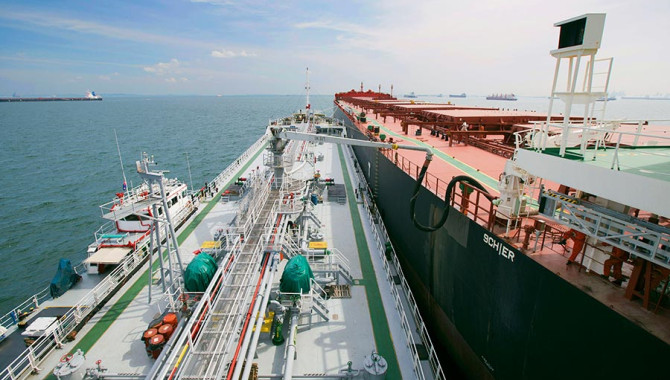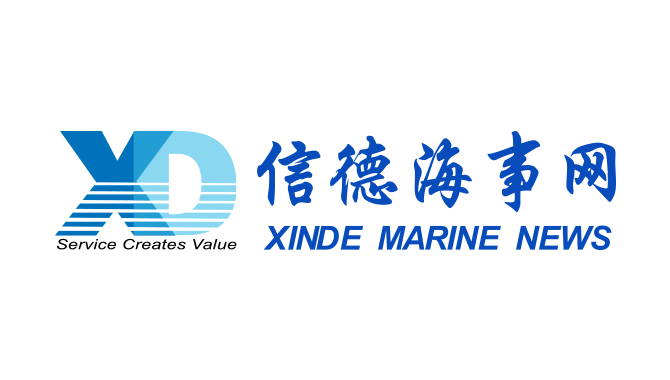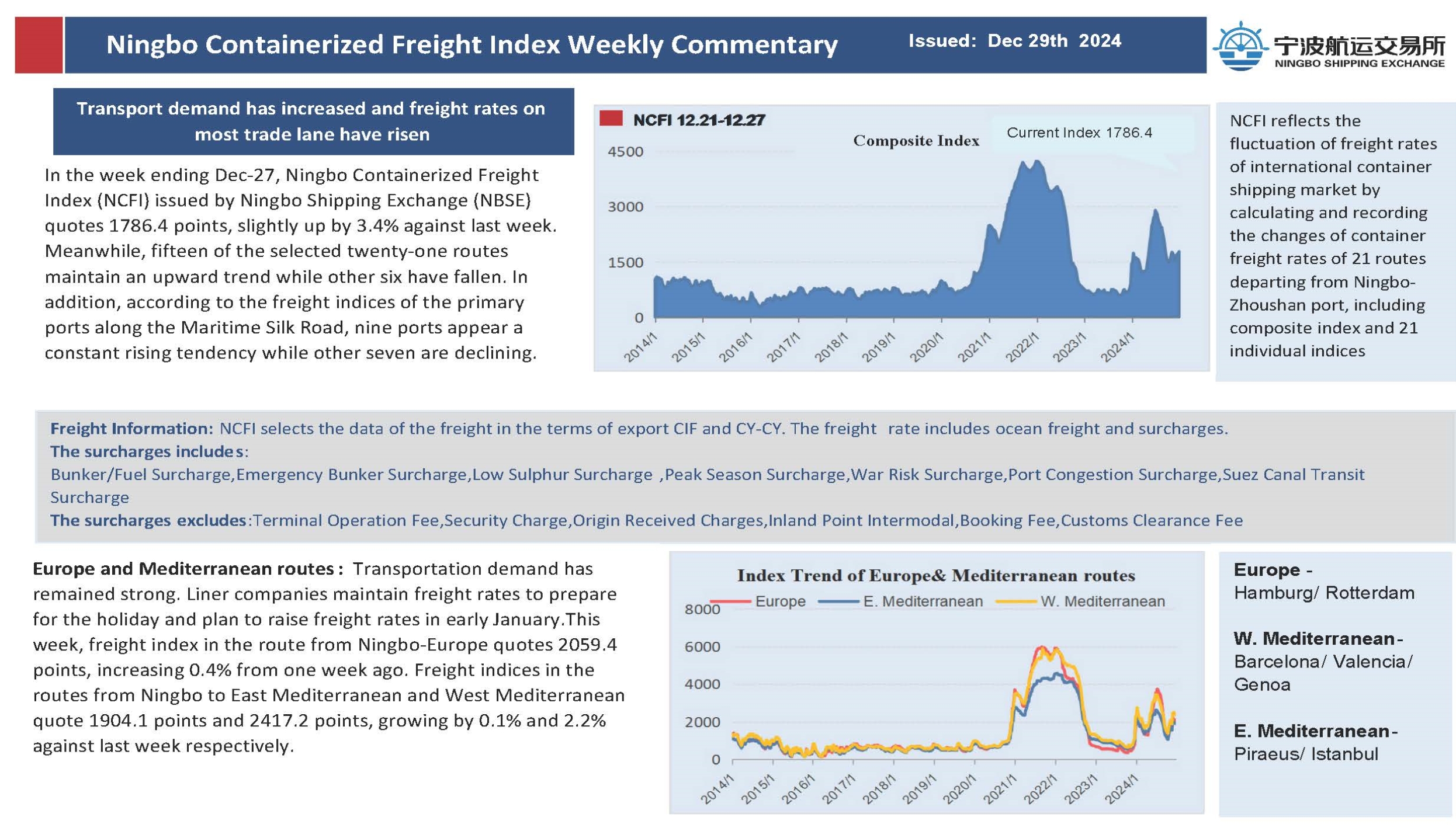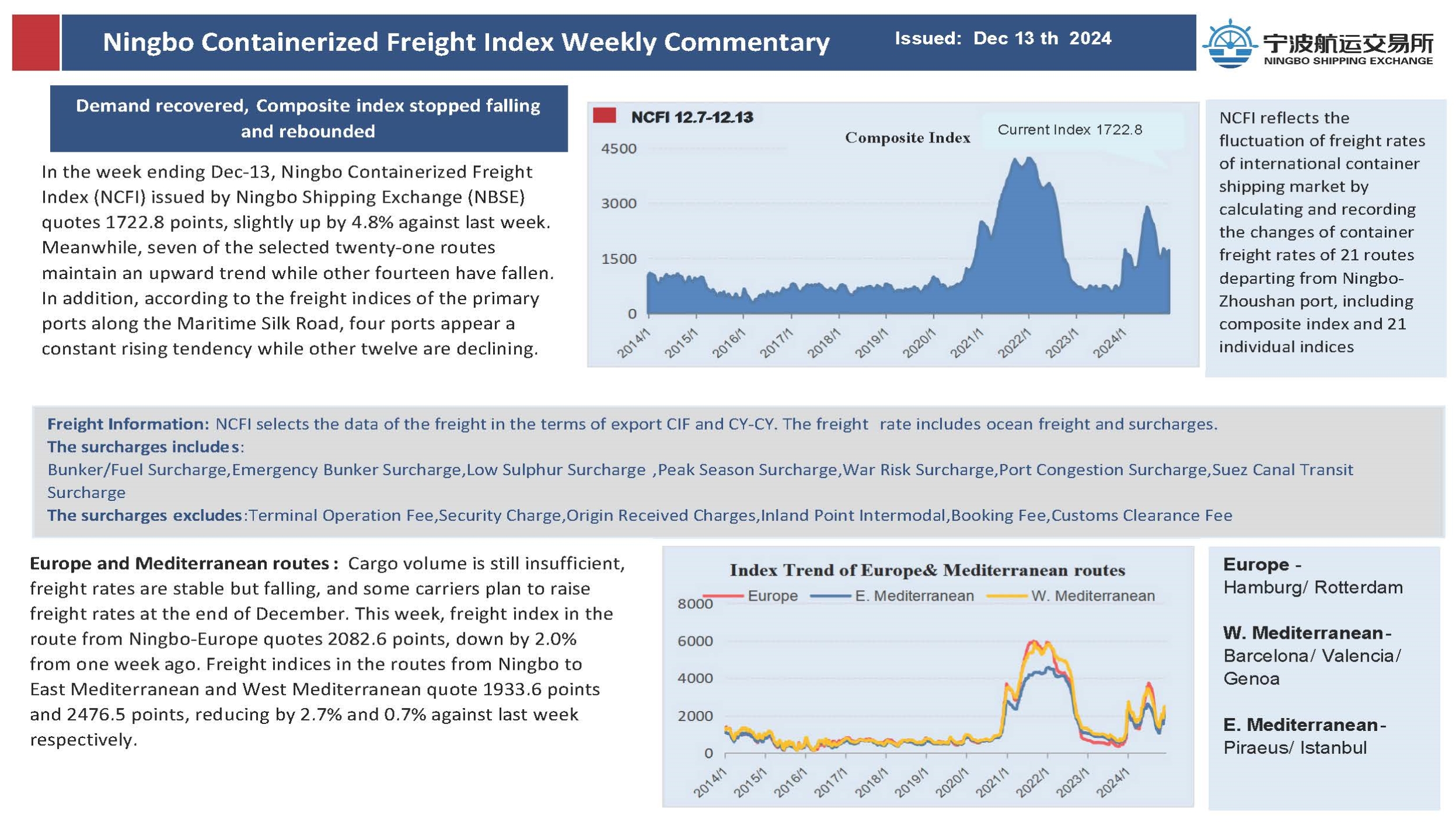
Study shows TR 48 improves productivity and reaps annual savings of at least S$80m for bunkering industry
Technical Reference 48 : 2015 (TR 48) [1] - Bunker Mass Flow Metering (MFM), which is used in the bunkering industry for the delivery of marine fuel oil (MFO) in the Port of Singapore, has the potential to reap annual savings of between S$80 million and S$199 million for the industry.
Cost savings for bunkering operations account for an estimated 66% to 76% of total savings. Cost savings from the reduction in the number of dispute resolutions as well as the time taken to resolve these resolutions account for the remainder. These are the key findings from a case study initiated by SDO@SCIC, on behalf of Enterprise Singapore and the Singapore Standards Council.
The Maritime and Port Authority of Singapore (MPA) has required the adherence to TR 48 since June 2016. Several bunker suppliers surveyed observed enhanced bunker schedule management due to faster and more predictable turnaround in bunkering transactions. A number of shipowners added that inventory management had improved with the increased certainty in the quantity of bunkers received. They highlighted that the transparency arising from MPA’s strict implementation of TR 48 has increased their preference to purchase bunkers in Singapore (refer to Annex A for more details of the case study).
TR 48 has since been upgraded to a Singapore Standard, SS 648 [2]. SS 648 includes new requirements for distillate fuels and bunkers to meet IMO regulations. TR 48 and SS 648 have since formed the basis for the development of two ISO standards on bunkering. Led by Singapore, ISO 21562: Bunker Fuel Mass Flow Meters on Receiving Vessel – Requirements was published in July this year. ISO 22192: Bunkering of Marine Fuel Using the Coriolis Mass Flow Meter System is expected to be published by end of the year.
Additional Standards to Assure Quality and Confidence in Singapore’s Bunker Supply Chain
To enhance quality assurance and confidence in the bunker supply chain, two new standards have been developed:
a. Singapore Standard 660 : 2020 (SS 660) covers the upstream process for bunker cargo delivery from the oil terminal to the bunker tanker. Please refer to Annex B for the details.
b. Technical Reference 80 : 2020 (TR 80) reflects the criteria and metrological requirements for a master meter as well as the requirements for duty mass flow meters used across the entire bunker supply chain. Please refer to Annex C for the details.
Please refer to Annex D for a diagram showing where each standard is applied in the bunker supply chain.
SS 660 includes the quantity measurement requirements during bunker cargo delivery from an oil terminal to a bunker tanker using the Coriolis MFM system. It aims to harmonise the quantity measurement methods at oil terminals and bunker tankers for better accuracy and inventory management. SS 660 also covers quality requirements, which specify taking a representative fuel sample at the custody transfer point [3] to determine compliance with the agreed fuel specifications to assure the bunker quality delivered to bunker suppliers.
TR 80 reflects the requirements and procedures for meter verification using a master MFM to verify and check the stability and performance of a duty meter [4] installed on a bunker tanker or at an oil terminal. The master MFM is qualified for measuring performance that is three times better than a duty meter and the meter verification process is performed by an independent authorised party for integrity purposes.
Ms Choy Sauw Kook, Director-General (Quality & Excellence), Enterprise Singapore, said, “Standards assure the integrity of value chains by harmonising technical terms, measures and industry benchmarks, and provide transparency and stakeholders’ accountability. They have contributed to the digitisation efforts of the bunkering industry and strengthened Singapore’s position as a trusted bunkering hub. Enterprise Singapore and the Singapore Standards Council will continue to work with industry and the MPA to develop standards to support the transformation efforts of the maritime industry.”
Captain Daknashamoorthy Ganasen, MPA’s Senior Director (Operations and Marine Services), said, “The implementation of TR 48 has enhanced trust in Singapore’s bunkering sector. The pioneering method of bunker measurement has increased the transparency and accuracy of bunker custody transfer, as well as improved the operational efficiency of bunkering at the Port of Singapore. We are confident that the new standards, which support the use of mass flow meters, will boost bunker quantity assurance and reinforce Singapore’s position as a leading bunkering hub of the world.”
Mr Seah Khen Hee, Chairman, Technical Committee for Bunkering, said, “With the completion of SS 660 and TR 80, and the recent launch of SS 648, the Technical Committee for Bunkering completes a trinity of bunkering standards covering the local bunker supply chain. These two new standards are also envisioned to be new additions to ISO MFM bunkering standards that are led by Singapore, contributing to the betterment of the global bunkering environment for international shipping.”
Mr Simon Neo, Executive Director of SDE International, who is a member of the Advisory Committee for the TR 48 case study in his individual capacity, said, “The potential net annual savings derived from the TR 48 case study for the bunkering industry were based on conservative assumptions so the bunkering industry can be confident of achieving even greater outcomes if their internal practices align even closer to the TR 48.”
SS 660, TR 80, TR 48 and its revision, SS 648 can be purchased from the Singapore Standards eShop at www.singaporestandardseshop.sg. A presentation on standards on bunker MFM, including SS 660 and TR 80, as well as a presentation on the economic benefits of TR 48 case study, followed by a panel discussion on ‘Bunkering Standards – Opportunities, Challenges and Prospects’ will be conducted virtually during SIBCON 2020 ‘Powering Fuels of the Future, Driving towards Decarbonisation’ on 7 October 2020. Interested participants can register via www.sibconsingapore.gov.sg.
[1] TR 48 was the first standard that covers a set of core requirements for metering system qualification, installation, testing, procedures and documentation of bunker custody transfer using the Coriolis Mass Flow Meter (MFM) system. More details on TR 48 are at https://www.mpa.gov.sg/web/wcm/connect/www/aa312dc3-abcd-45fb-9cee-f3443701480b/FACT_SHEET_TR_on_bunker_mass_flow_metering_15Feb16_final%5B2%5D.pdf?MOD=AJPERES.
[2] Refer to https://www.enterprisesg.gov.sg/media-centre/media-releases/2019/november/new-standard-to-support-maritime-sectors-shift-to-more-sustainable-fuels for details on SS 648.
[3] The custody transfer point refers to the point where the bunker fuel from the supplier passes the bunker manifold of the receiving bunker tanker and the bunker is considered delivered from the seller to the buyer.
[4] Duty meter refers to the mass flow meter in normal operation that is used for custody transfer measurement.
The opinions expressed herein are the author's and not necessarily those of The Xinde Marine News.
Please Contact Us at:







